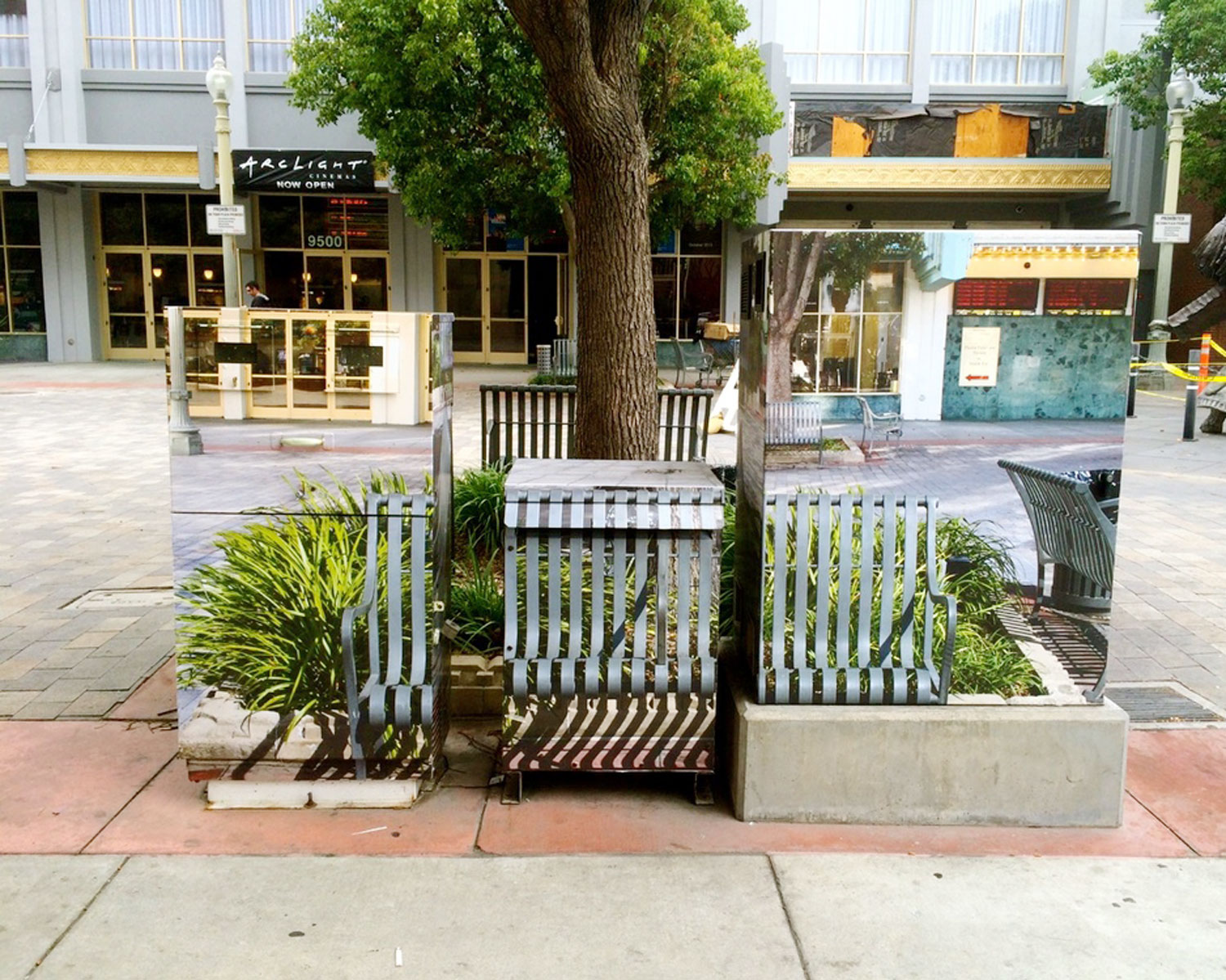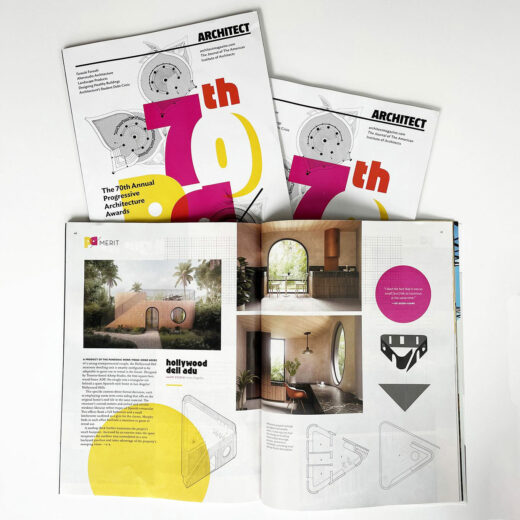
Culver, Simulated.
Culver City, CACulver City is playing tricks on us. Or at least it’s trying to.
Nestled along the busy vehicular and pedestrian intersection of Washington and Culver Boulevards sits a playful and unapologetic superimposition of film set and urban space. Here the real and the imitated — the original and its representation — sit side by side to tell a story of simulacra in its most analogue and endearing form.
Defined simply by the Oxford English Dictionary as “a material image, made as a representation of some deity, person, or thing;” or, “something having merely the form or appearance of a certain thing, without possessing its substance or proper qualities,” simulacrum seems nothing more than degraded mimicry. However, unpacked by a slew of media theory darlings — most prominently Baudrillard and Deleuze — it’s meaning is slightly more encompassing. To them, it has become the world in which we live: a mediated presence of hyperreality comprised by a system of representations, void of original meaning. The duplicate usurps the original, the copy has become the real.
To Baudrillard, Culver City and the rest of LA are already one big simulacrum, and the hyperreality of places like Disneyland exist solely “to make us feel that the rest of the city is real.” The playful juxtaposition surrounding The Culver Hotel parodies this notion with stunning amusement and intriguing results. Created out of the practical necessity to “disguise” street utilities from what is a commonly used backdrop for film and television sets, the simulated environments are merely camouflaged cloaks privy to the subject’s gaze. From one (brief) vantage point, the utilities tuck into their environment – like the eyes of the Cheshire Cat they hint only a trace that they lurk beneath the bristled landscape. However, a quick step to the right or left — or an approach from an un-assumed direction — reveals a unique and contrasting blend of reality and life-imitated. Perspectives misalign, idyllic blue skies contrast with grey overtones, and lush vegetation is flattened.
These exposed simulations become self-reflexive vignettes of life on the corner of Culver and Washington, of what urban LA is supposed to look like to the controlled eye: our television- and film-viewing counter-parts. To the culver pedestrian, however, these utilities have created new meaning — they have turned into unexpected follies in the landscape, fragments of their environment preserved and presented as a pokey reminder that their environment is entirely simulated to begin with – according to Baudrillard at least. Whether one believes this or not, the boxes have created a new type of street furniture that speaks to an LA vernacular, created for the screen, but inhabited by the real.


